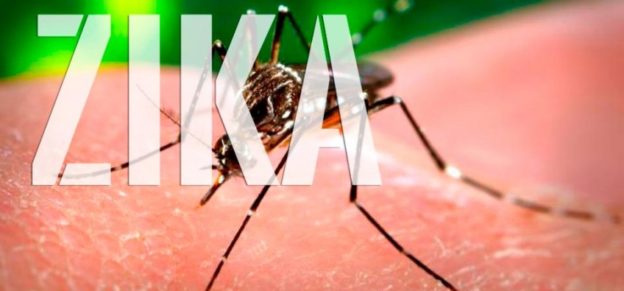
The Zika virus is transmitted to humans through the bite of an infected mosquito of the genus Aedes, mainly Aedes aegypti. Nonhuman primates and humans are probably the main reservoirs of the virus, and anthroponotic transmission (man-vector-man) occurs during outbreaks. Perinatal and possibly sexual transmission has also been reported. Transmission associated with blood transfusion is possible, since the RNA of Zika virus was identified in asymptomatic blood donors during a current surge.
About 1 in 5 people infected with the Zika virus become symptomatic. Characteristic clinical symptoms include acute fever with initial maculopapular rash, arthralgia and conjunctivitis. Other commonly reported symptoms include myalgia, headache, retro-orbital pain and vomiting. The disease is usually mild with symptoms that last from several days to a week. The severe version of the disease, that requires hospitalization, is unusual and it is shows low lethality. Based on the typical clinical features, differential diagnosis for infection by Zika virus is widespread. Besides dengue, other considerations include leptospirosis, malaria, rickettsia, group A streptococci, rubella, measles, and infections with parvovirus, enterovirus, adenovirus, and alphaviruses (e.g., Chikungunya and others). The preliminary diagnosis is based on clinical features, places and dates of the patient and their activities. The laboratory diagnosis is usually performed by testing the plasma or serum to detect the virus, viral nucleic acid or virus specific immunoglobulin M and neutralizing antibodies.
See more:
- Zika vírus in VHL
- Zika vírus in LILACS
- Zika in LIS – VHL Internet resources
- #zikavirus on Twitter
- Hotsite about Zika on PAHO
Related Links:
- Funasa faz reunião para debater sobre o combate do Aedes Aegypti em aldeias indígenas
- Funasa e Sesai se unem pela saúde de povos indígenas no Mutirão da Saúde Indígena
- Semana de Ação contra os Mosquitos: diretor da OPAS pede fortalecimento da vigilância e controle de vetores
- Pesquisadores da Fiocruz desenvolvem nova tecnologia para controle de mosquitos
- Ciclo de vida de Aedes aegypti: do ovo ao adulto – quanto tempo temos para agir?




